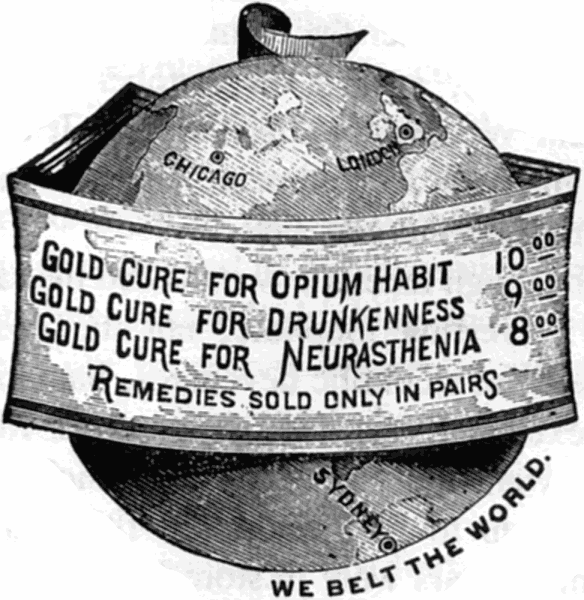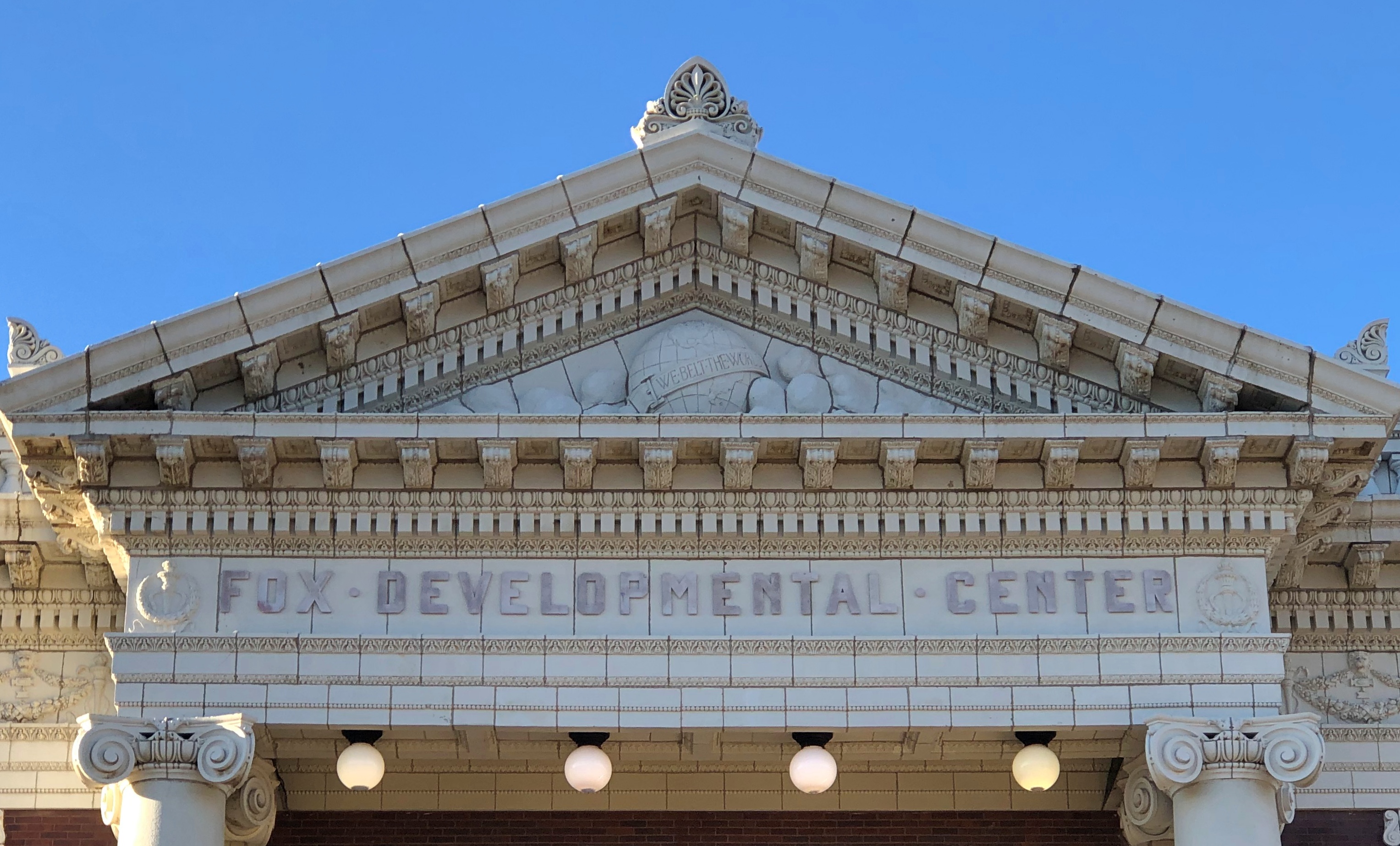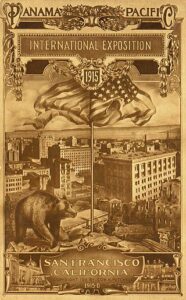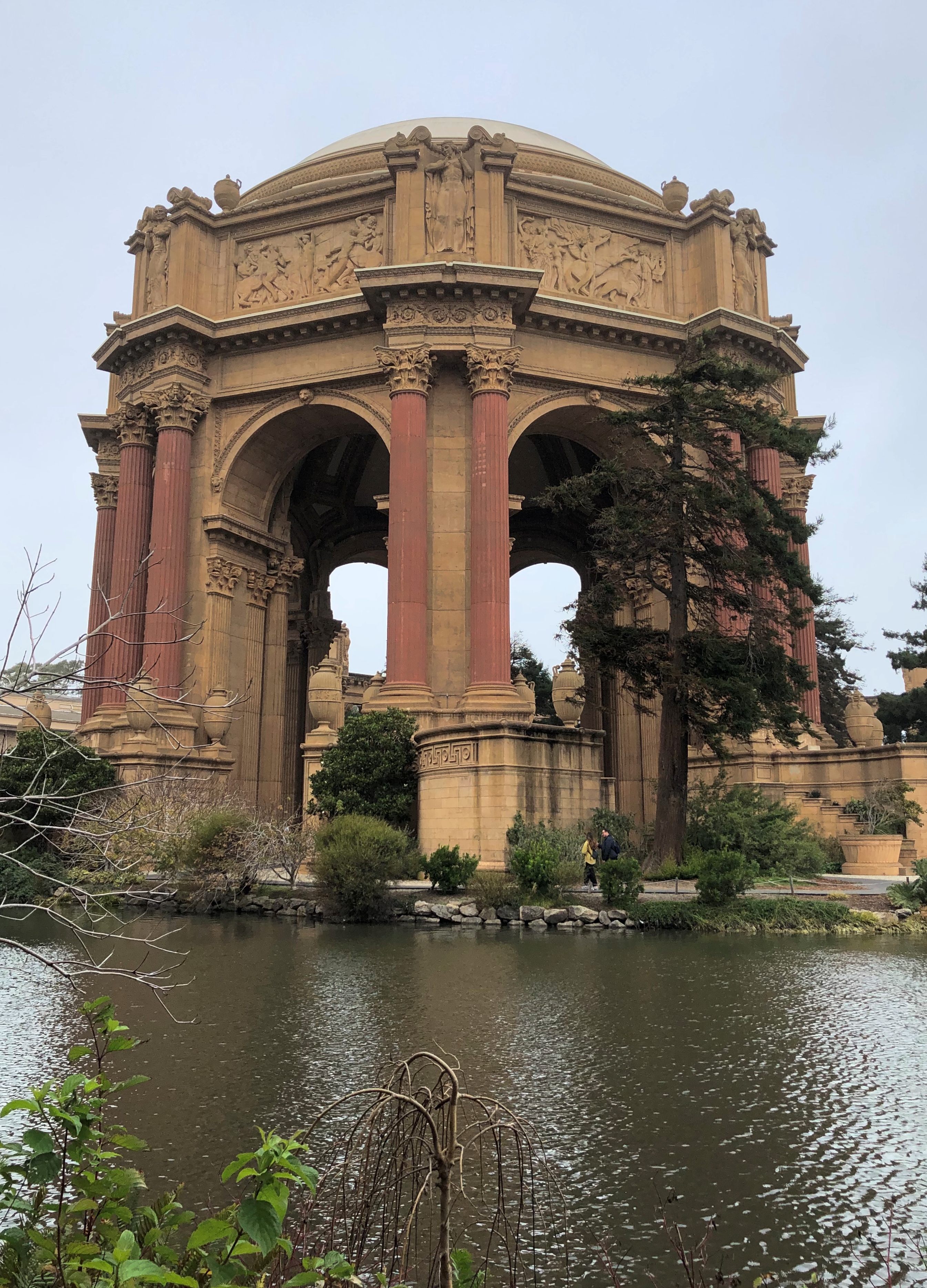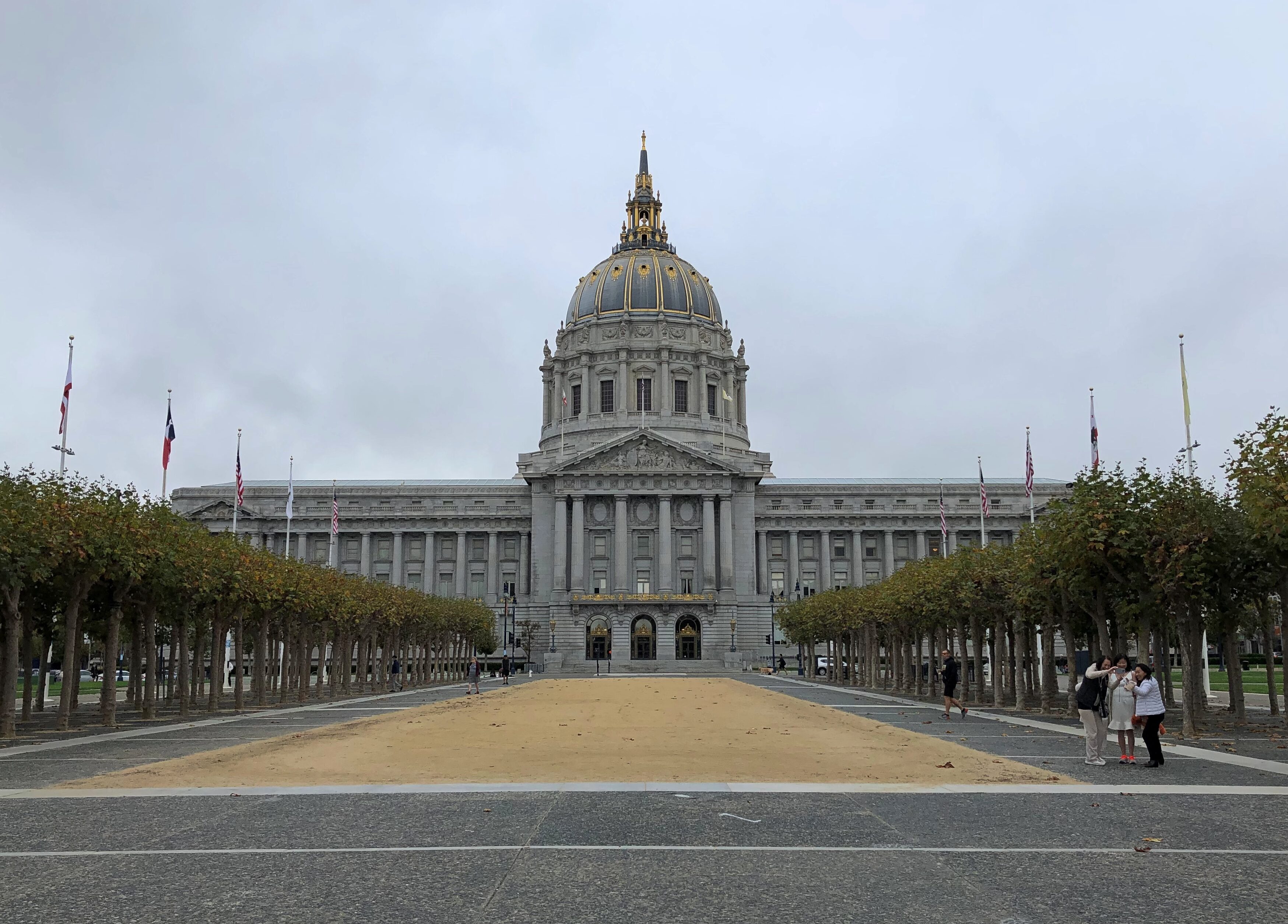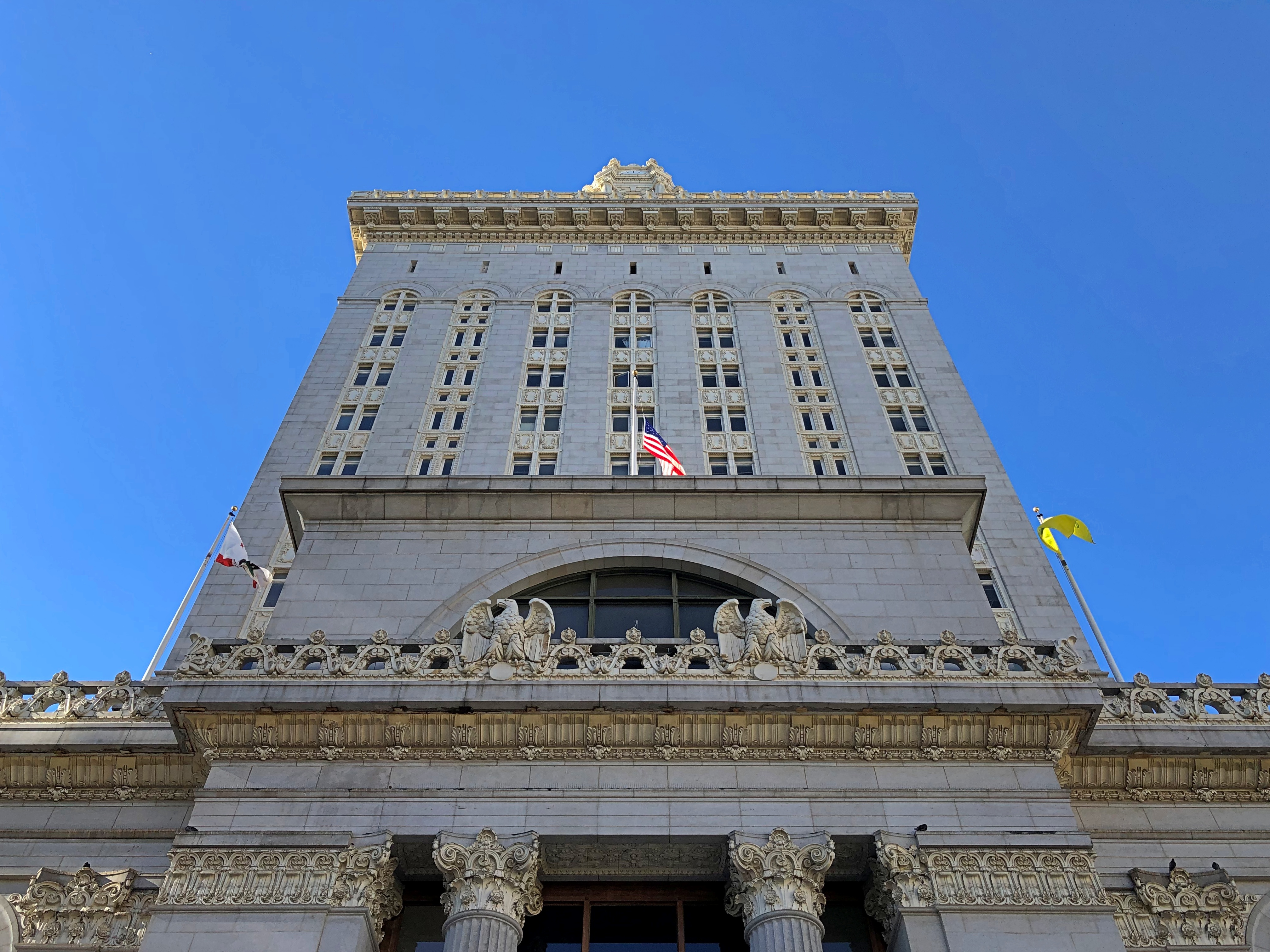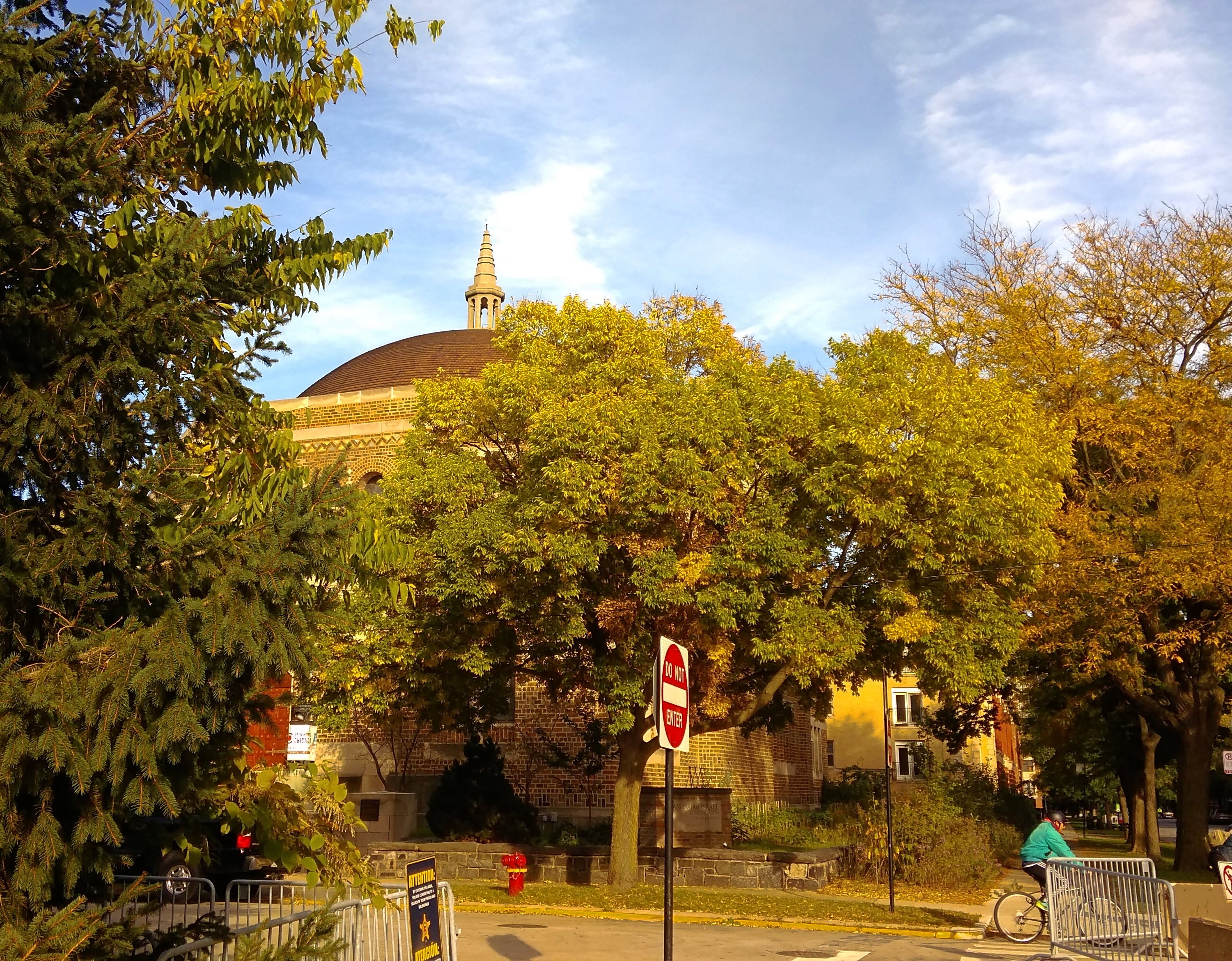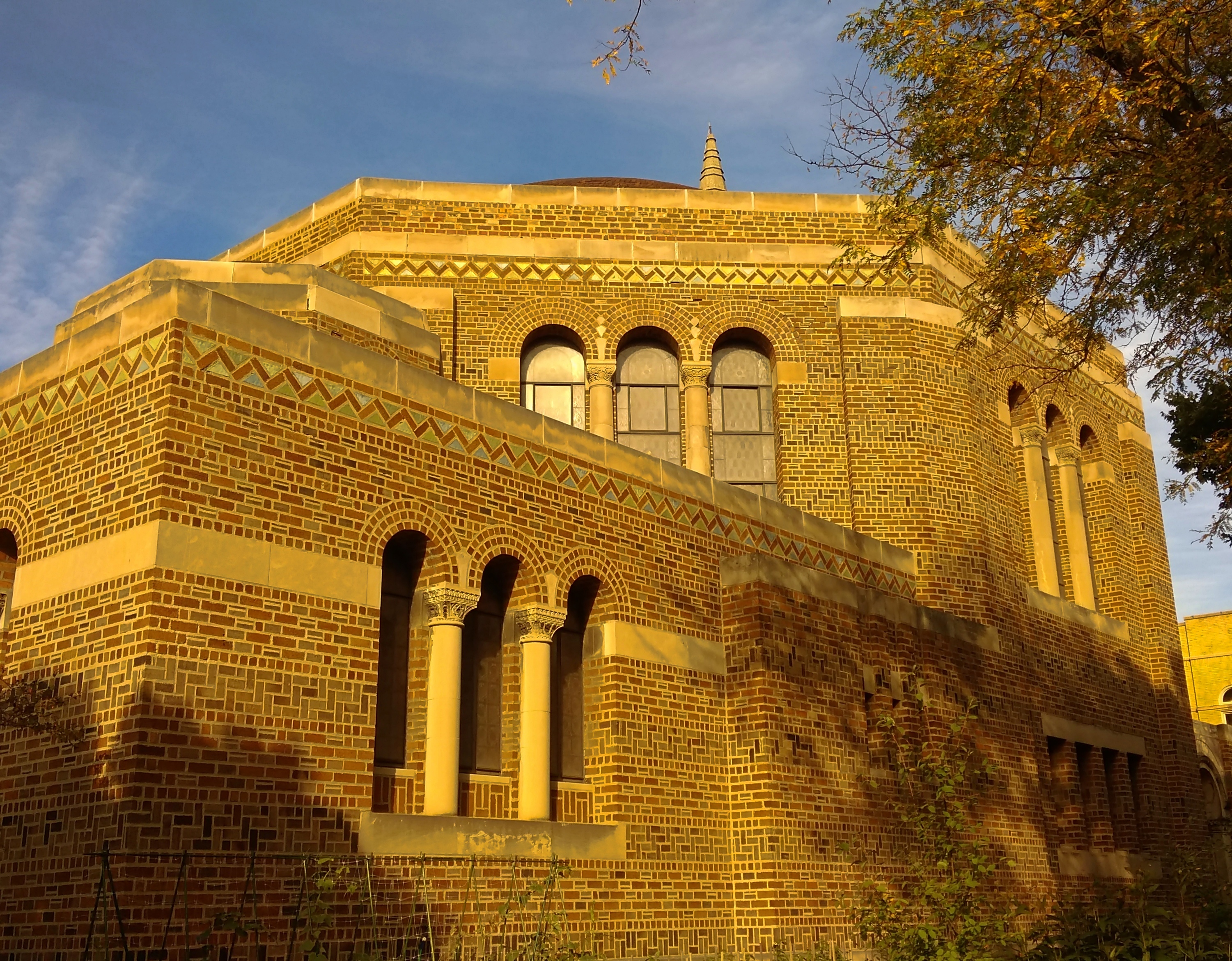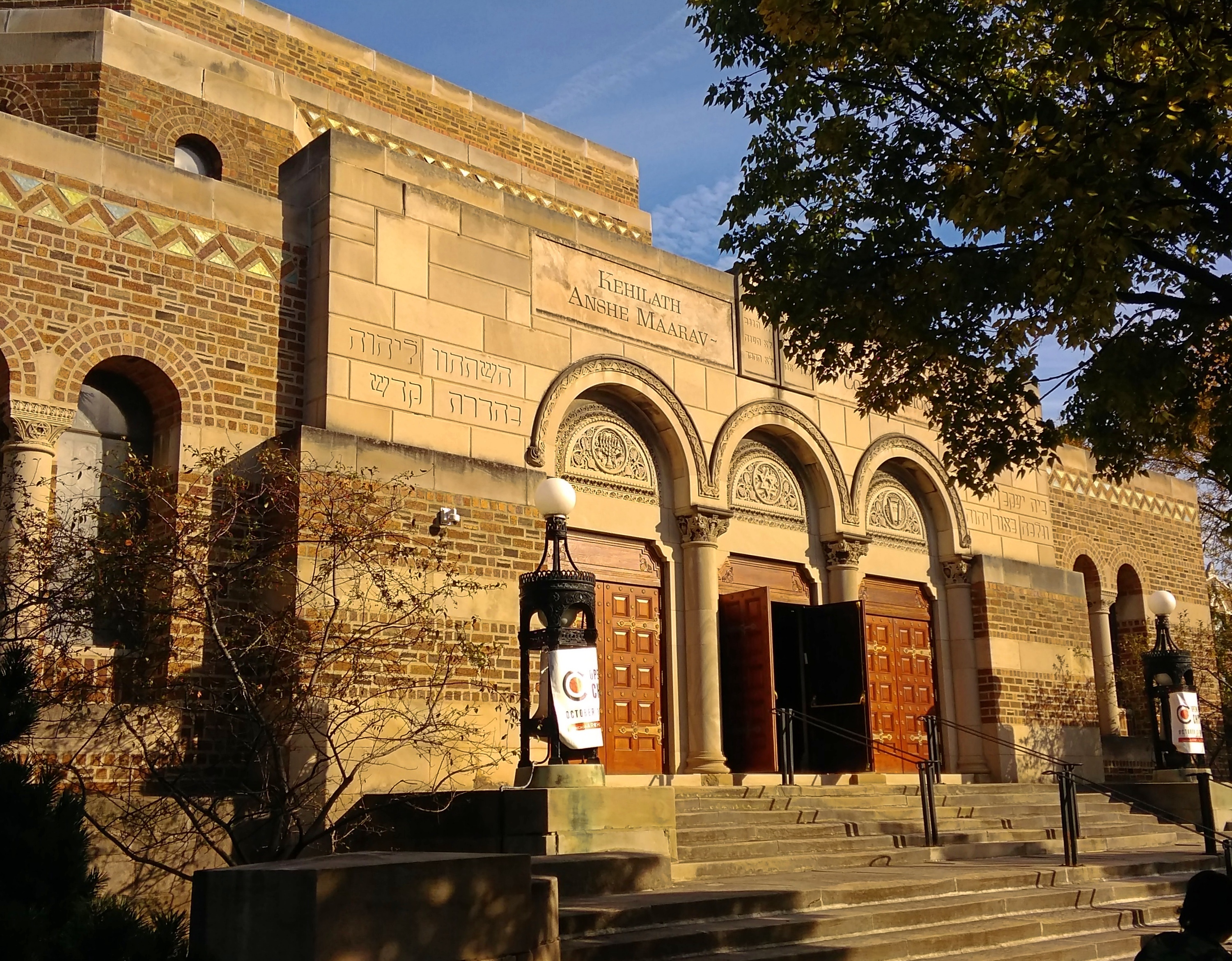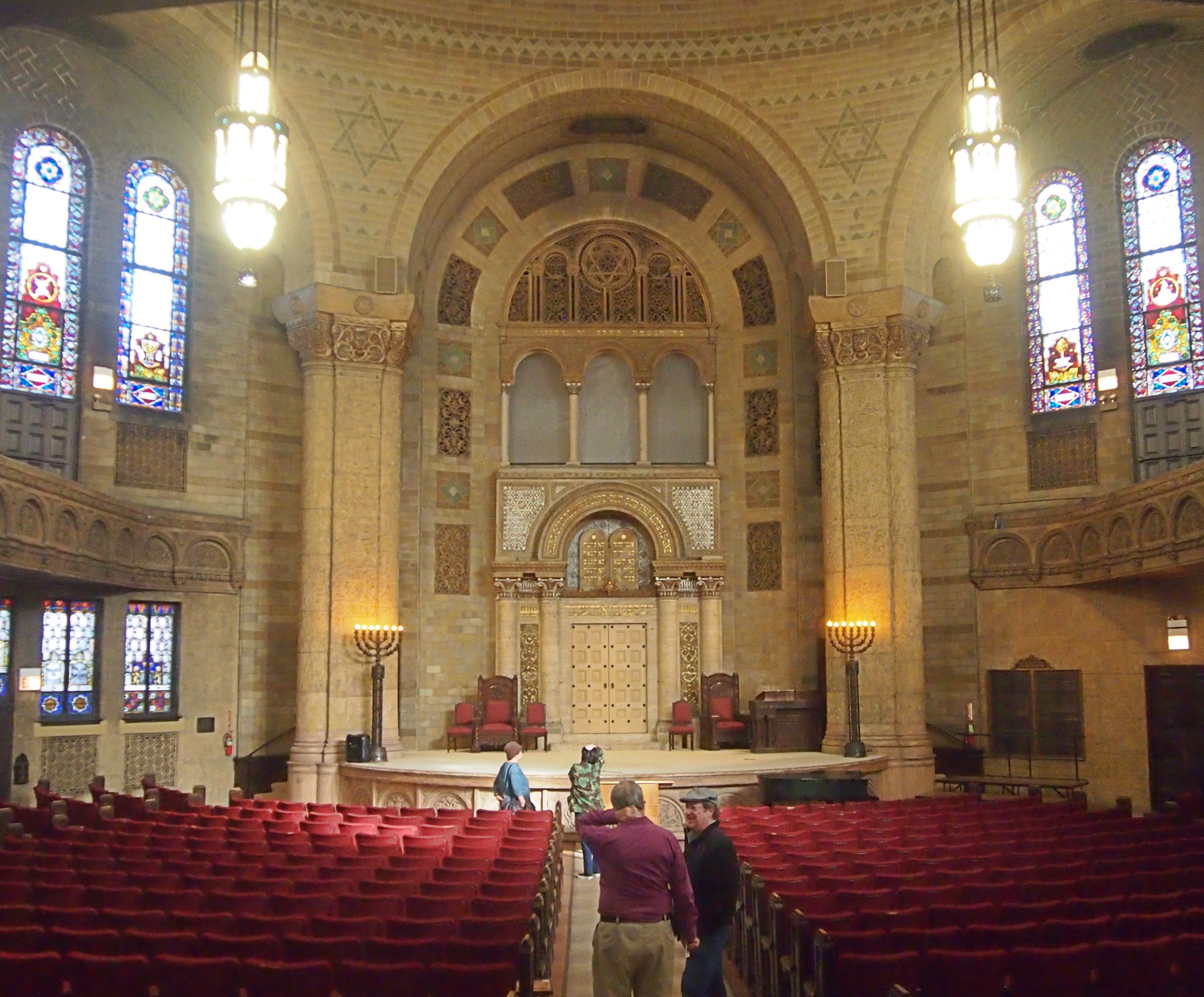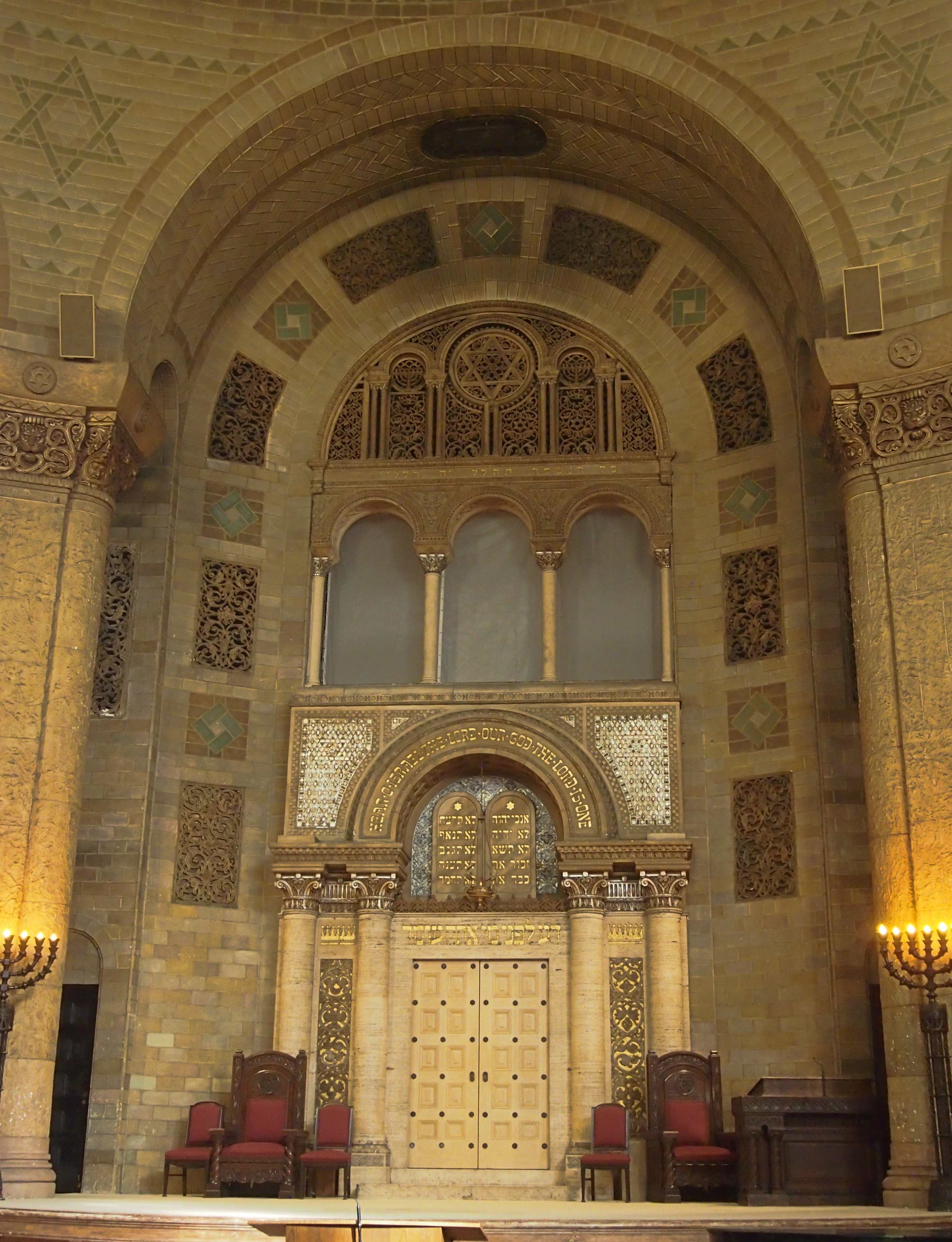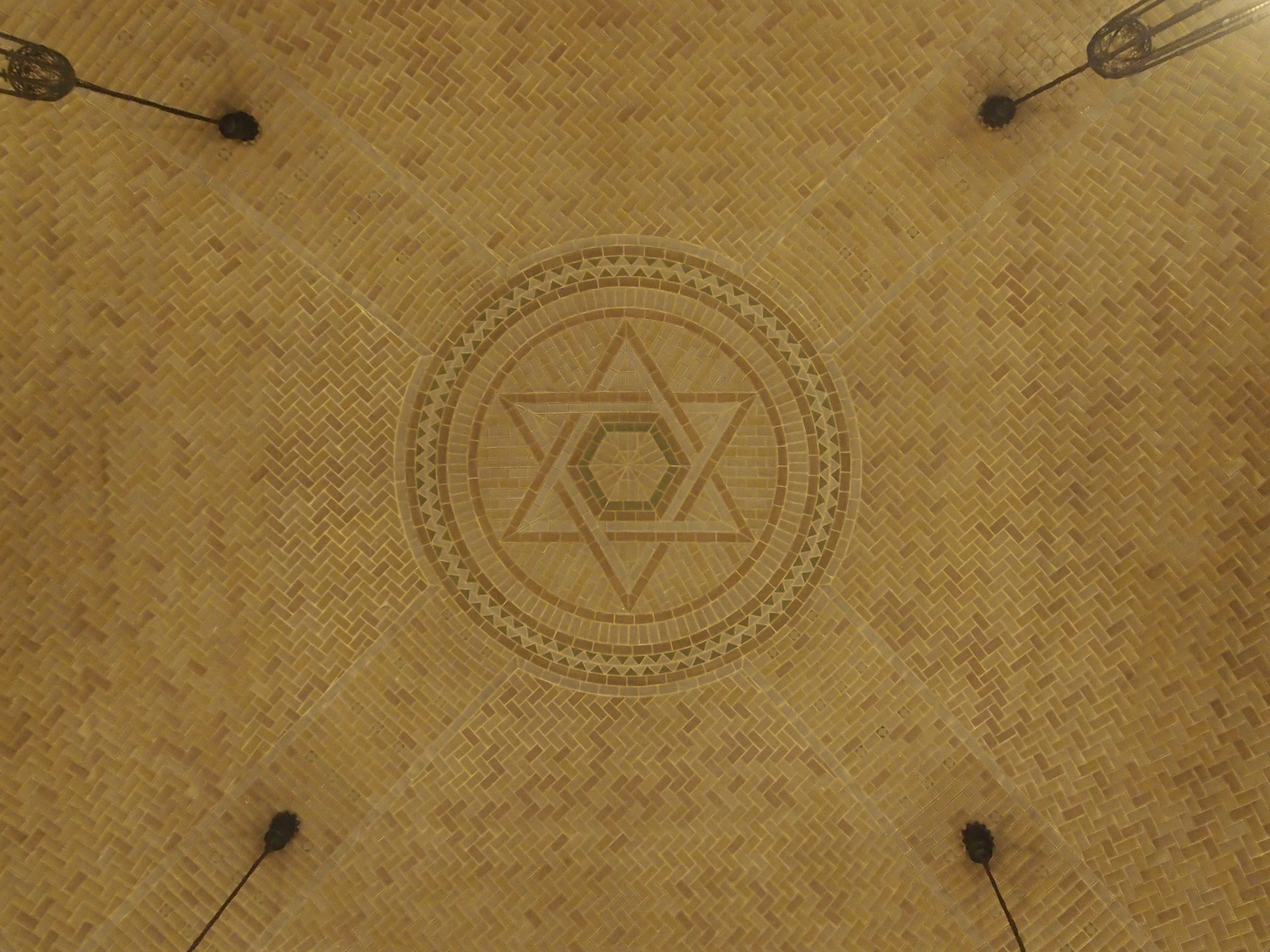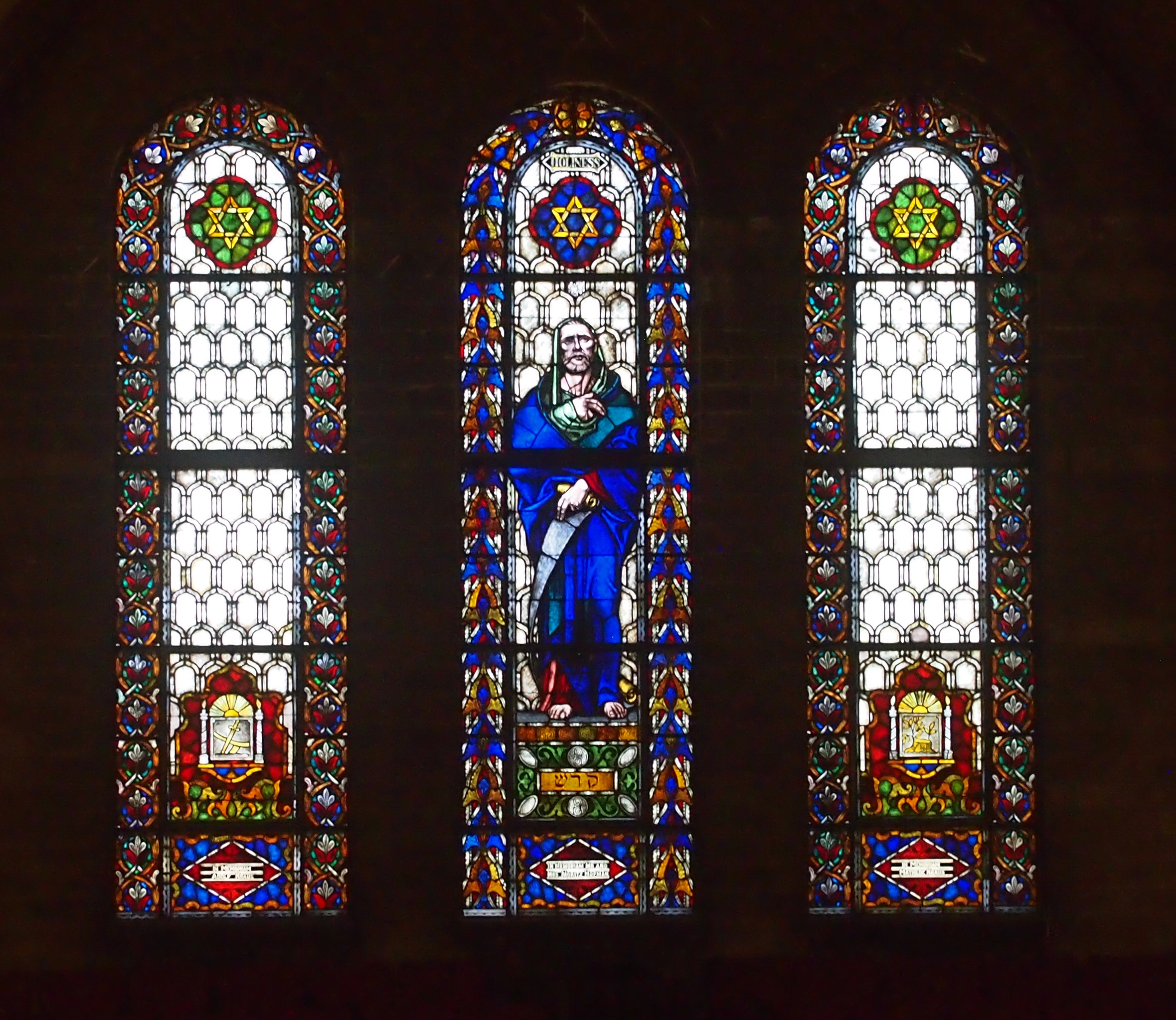Not too many streets get to be metonyms, but Wall Street does, which is a little remarkable for such a short street, only eight blocks from the East River to Broadway, or vice versa. During my walk along the street just before sunset, I wanted to take a closer look at the physical street, not its high finance subtext, which I hear about enough as it is.
I started at the East River Waterfront Esplanade, near where Wall Street meets South Street, which is partly under FDR Drive. You can catch a fine view of Brooklyn from the esplanade.
That’s as close as I got to Brooklyn this time around, as opposed to some other trips.
An enlargement of the sidewalk on the easternmost block of Wall Street forms Mannahatta Park, a pleasant place with bushes and trees and benches. Rose bushes bloomed there this December.
More than two centuries ago, the site was New York’s slave market, and surely not a pleasant place. The city erected a sign only in 2015 to mark the doleful history of the site.
At the corner of Water and Wall is 88 Wall Street, these days the Wall Street Hotel, very much an upmarket property (and not where I stayed) that opened only this year in a former office building.
The hotel’s web site has an unusually long and detailed history of the site, which is only fitting, considering the richly layered history of the street. One of the more remarkable snippets of 88 Wall Street history is the fact that a series of two buildings on the site from 1791 to 1870 were owned by a tontine, and known as the Tontine Coffee House and then the Tontine Building. Out of the 203 investors who had funded the coffee house, seven survived to be beneficiaries of the tontine.
The current building, a Beaux-Arts structure designed by Clinton Holton & Russell in 1901, was for a time home to an import company that was, among many other things, the world’s largest dealer in mother-of-pearl. When plastic buttons bottomed out the market for that material, the company went into cultured pearls.
By the time you pass 88 Wall Street, the thoroughfare takes on its famed canyon-like aspect.
Next to 88 is 74 Wall Street. Its entrance caught my attention.
The ever-useful New York Songlines says: “This round-arched building was put up in 1926 as the Seamen’s Bank for Savings Headquarters (hence the seahorses, mermaids and other nautical motifs); the architect was Benjamin Wistar Morris.”
Nautical motifs, all right, though Seaman’s Bank is long gone.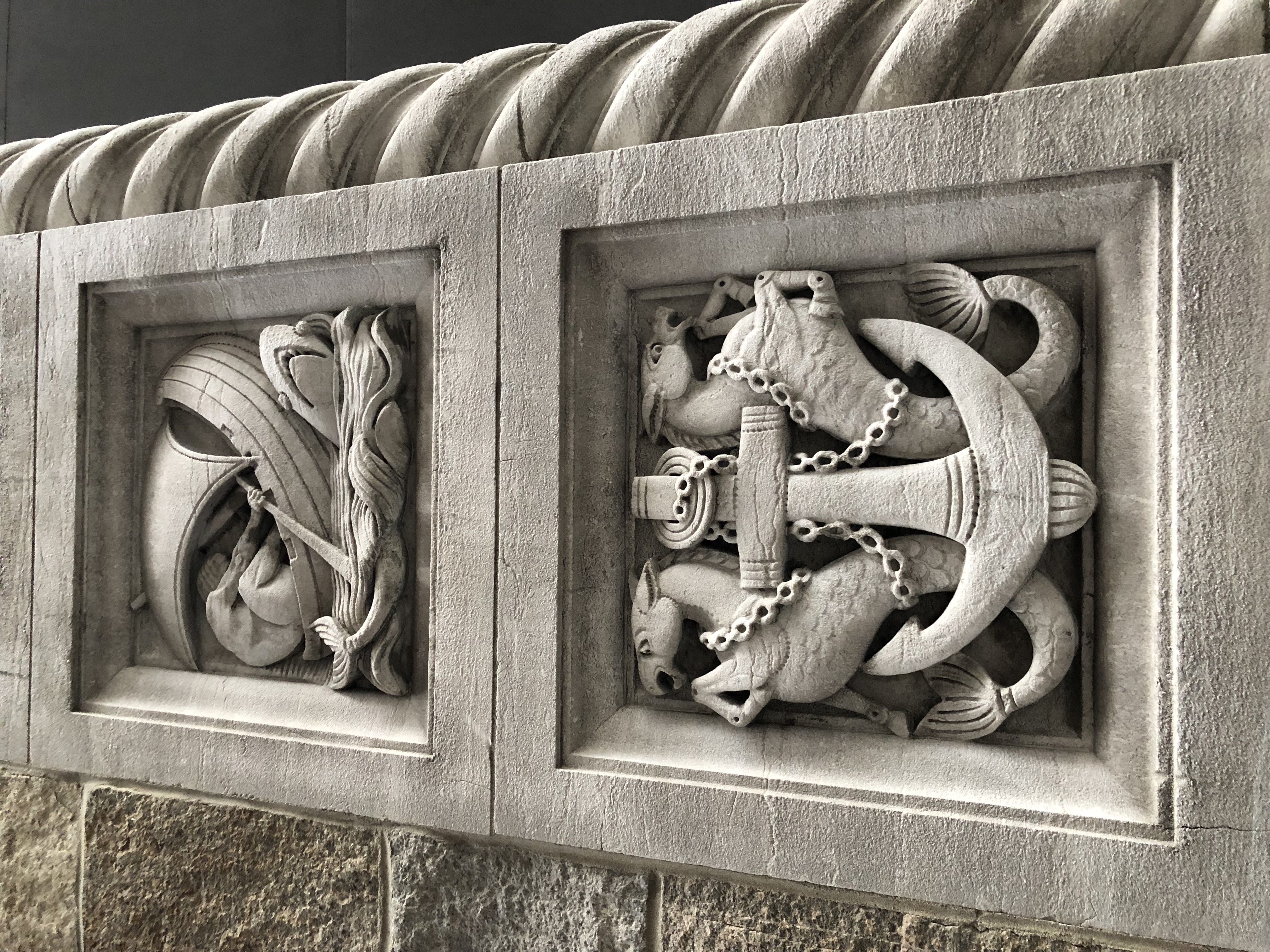
Almost as remarkable, the building seems to be vacant. Then again, maybe not so remarkable. Despite the persistence of Wall Street as an metonym, and the presence of the New York Stock Exchange, the street hasn’t been the hub of U.S. finance in many years; that moved on to Midtown.
Though not on Wall Street, 1 Wall Street Court — the Beaver Building, 1904 — is visible from there.

67 Wall Street, now a residential co-op.

Songlines again: “This 25-story triangular building, originally known as the Munson Building, was designed in 1906 by Kenneth M. Murchison for the Munson Steamship [Line]. From 1931 until 1972 it was the New York Cocoa Exchange.”
60 Wall Street, a 1988 building designed by Kevin Roche John Dinkeloo.
Originally Morgan Bank’s HQ, these days Deutsche Bank occupies it. I found the lobby impressive.
Soon after this point, it’s pedestrians only. Trinity Church isn’t far away.
Lots of history here. A picture of the upper section.
Songlines: “Formerly the Manhattan Bank Building, this was designed to be the tallest building in the world, but was beaten out by the Chrysler Building’s surprise spire…
“The Bank of the Manhattan Company, which eventually became Chase Manhattan, opened its first office here in September 1799. It was founded by Aaron Burr against the opposition of Alexander Hamilton. The New York Stock & Exchange Board, as the NYSE was then called, had its first permanent office here in 1817.
“Donald Trump calls this the Trump Building; please don’t encourage him.”
A familiar name, but Tiffany’s is a fairly recent occupant. Designed by Francis H. Kimball, a very busy New York architect, the building originally housed the Trust Company of America in 1907, and then a series of other banks. The upper floors are now residential.
Before long, one comes to Federal Hall National Memorial, which is behind some scaffolding now.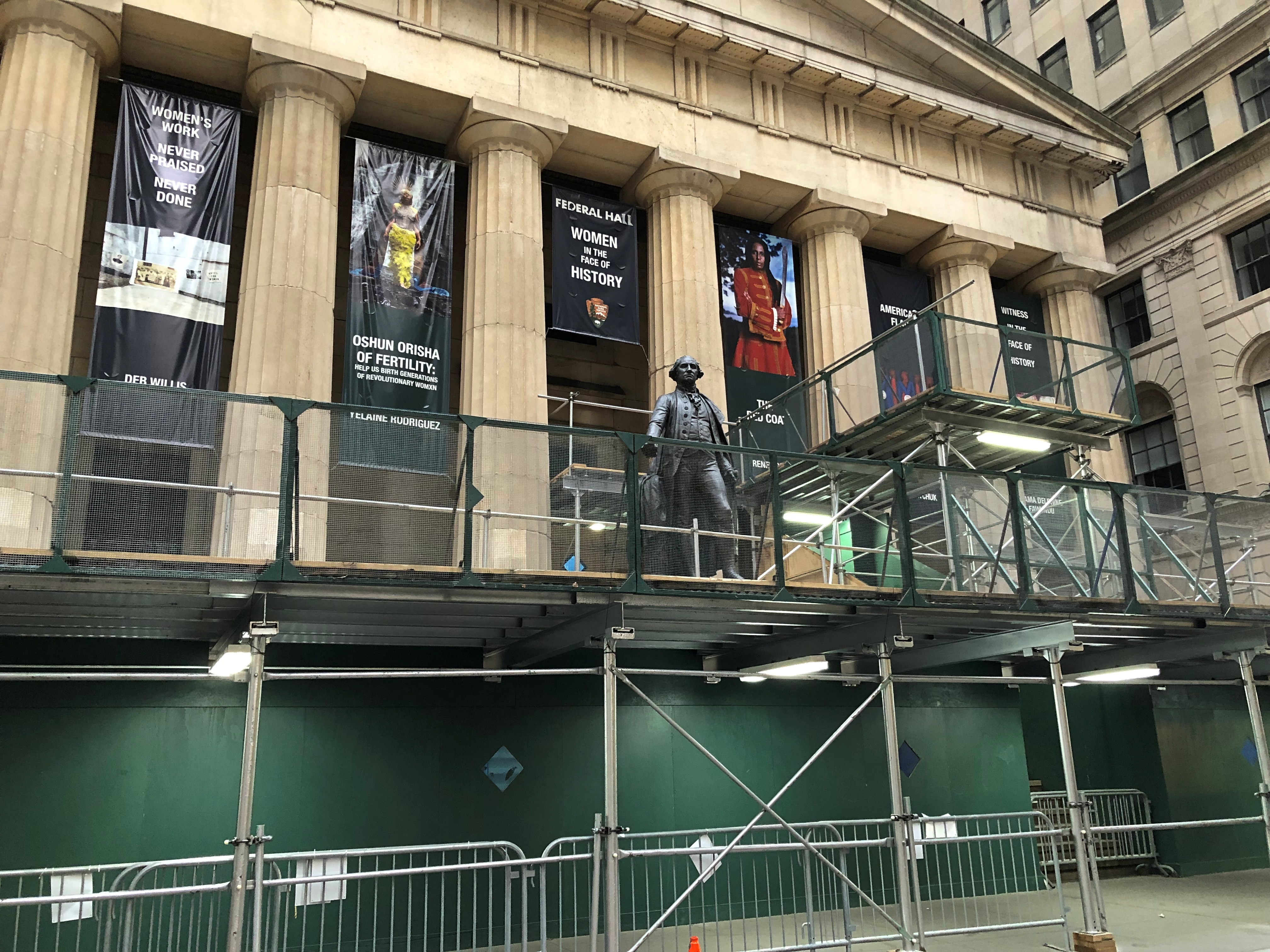
George looks a bit cut off up there. Looking down pensively, perhaps, on the nation he created.
There’s plenty else on Wall Street that’s perhaps a little less permanent. For instance, sources of affordable food to price-oppressed New Yorkers.

I bought a falafel at that first one, delicious and large enough to make part of dinner two nights in a row.
Finally, I couldn’t very well come to Wall Street without a look at the NYSE (11 Wall Street), whose after-hours trading floor I got to visit in 2002.
“It’s a primary rain forest of electronic equipment — the guts of the capitalist beast — no, the sinews of the Invisible Hand,” I wrote at the time. Looking at the allegory-stuffed pediment, I’d also say Temple of Commerce.









